Slimy, ugly, disgusting, gross, evil, creepy and scary are among the first adjectives used by most, to describe snakes. My experience, is that many people feel that “ugly” creatures do not deserve our attention or conservation efforts. We smash spiders in our homes, step on beetles on the sidewalk, poison small rodents, and use our magnifying glasses on ant piles. Snakes have been demonized since the dawn of time, and have constantly been at odds with humans. Perhaps it is because they slither, or because some of them can deliver venomous, life-ending bites. Or maybe it is because books, folklore and the media have perpetuated the fear of snakes. Regardless of each circumstance, it is my personal belief that snakes would have less human enemies, if only they could win a beauty pageant once in a while.
As you can see above, this post is all about photoshopping your snake pics, to make them beautiful. Just kidding! Although I can appreciate the talents of photoshop, I’m out to prove that natural snakes can look even better than the one above!
Admittedly, “pretty” isn’t typically the first descriptor that comes to mind, when we see most snakes. However, although beauty is certainly in the eye of the beholder, I thought I would share some photos of a handful of snakes that I personally think are extremely attractive.
I’ve spent a lot of time searching the web for photos of snakes with “normal” patterns (not genetic mutations), taken by people that know their way around a camera*. Great-looking snakes aren’t super common, and really nice photos of them, are even more rare. Perhaps you might appreciate that beauty can be found in the most unexpected of places, and even admit to yourselves that not all snakes epitomize our unattractive expectations. I invite and encourage you readers to share this blog with a few of your snake-leery friends or family members, in hopes that you might just change someone’s opinion of our scaly pals.
Before we get started, let me admit that as soon as I put this list together, I thought of several other attractive serpents that likely deserve a spot on this blog. Please don’t feel insulted if your favorite snake doesn’t make the list. I would love to hear what snake/s you think should be included, so feel free to share your opinions and/or photos, and put me in my place! Happy reading….
Speckled Racer – Drymobius margaretiferus
The Speckled Racer is one of my favorite non-venomous snakes, from a purely aesthetic perspective. They just barely range in the United States, found at the extreme Southern tip of Texas. The high-contrast, jewel-like, blue-green specks on a dark background, and that pretty cream-colored face, take this Racer from “wall-flower” to “Prom Queen”. I really hope to go on a trip to see these magnificent snakes in person.
Bamboo Rat Snake – Oreocrypthophis porphyracea laticincta
The juvenile Bamboo Rat Snake, is simply stunning! They are small, and live in areas much cooler than your average home, making them more suitable to the wild, than in a terrarium. As they age, they also lose most of their orange banding, and become predominately red with black stripes. I could stare at these snakes all day!
African Bush Viper – Atheris sqaumigera
Some snakes are not only beautiful, but highly variable. The African Bush Viper is perhaps the best example of a venomous snake that can be born in just about any color imaginable, which makes them very popular in the exotic pet trade. As with any potentially lethal critter, it’s best to live by the “Look, but don’t touch!” philosophy.
Ethiopian Mountain Adder – Bitis parviocula
So our Ethiopian Mountain Adder may be a little more appealing to you folks that like a little bit of “junk in the trunk”. In the words of Lane Bryant, “Big is beautiful”. Bitis species (Rhinoceros Viper, Gaboon Viper, Puff Adder etc.) are notoriously heavy, but have unbelievable patterns. This one in particular, is quite new to the pet trade, and there is still a lot of work to be done before anyone can completely understand the nuances of this one. It comes from a very small range in the wild, and it has been reported that legally collected specimens do not exist. Since no one has yet to breed and produce any captive babies, I feel compelled to suggest that they not be purchased, even by experienced venomous keepers. Additionally, there is no antivenin to treat the extremely toxic bite of this gorgeous critter.
Wagler’s Temple Viper – Tropidolaemus wagleri
Wagler’s Vipers have been a long-time favorite of mine, with their big heads, brilliant colors and pattern, and a notably docile demeanor. These are another snake that can be quite variable in pattern and color, depending on its geographic range. Also known as Temple Vipers, these snakes are famous for their abundance in and around the Temple of the Azure Cloud, in Malaysia. They are openly abundant within the temple, where many people visit regularly, yet bites are virtually unheard of.
Mangrove Snake – Boiga dendrophilia
The Mangrove Snake is bumblebee patterned, with striking yellow stripes on a jet black body. This snake is nocturnal and more active/aggressive at night. Although the Mangrove is venomous, its bite is usually not medically significant to humans. However, it is likely best to leave this snake to an expert who knows how to take care of an occasionally aggressive, long and very agile snake.
Cape Coral Cobra – Aspidelaps lubricus
Though not a true Cobra, this small and attractive snake is venomous. The Coral Cobra is another snake on the top of my wish list (in another life). I love its striking pattern, bold colors, and somewhat vulnerable appearance, perhaps enhanced by the black teardrops under each eye. Don’t ya just want to pick him up and give him a hug?
Pope’s Pit Viper – Trimeresurus popeorum
The Pope’s Bamboo Viper is yet another handsome arboreal species. These snakes are sexually dimorphic, meaning that males and females have visually identifiable differences. The males sport vibrant greens separated by two distinct white and red lateral lines. This is also one of only a few snakes that has ruby-red eyes!
Malaysian Blue Coral Snake – Maticora bivirgata
Like many Coral Snakes, the Malaysian Blue is shy, reclusive, and has knock-out good looks. Like other coral snakes, this one is an elapid, and has a bite full of neurotoxic venom. Nature often warns us to steer clear of potentially dangerous critters, by brandishing them with bright colors and patterns, but the Blue Coral is an absolute show-stopper for me.
Mangshan Pit Viper – Protobothrops Mangshanensis
This is another pit viper that is fairly new to the snake show. They have made their way to the U.S. exotic pet trade, and have made quite the splash among reptile enthusiasts. They are masters of camouflage, with their moss-like pattern, but place them against a contrasting background, and the color and pattern absolutely pops!
Kanburian Bamboo Viper – Cryptelytrops venustus
The poster-snake for Christmas, has to be this hot little viper! Do yourself a favor, and pass on the urge to ask Santa to stuff one in your stocking though. Those red and green scales may look photo-shopped, but rest assured, he’s all natural.
Speckled Rattlesnake – Crotalus mitchelli pyrrhus
A friend of mine, (Brendan O’Connor) took this photo in the Southwestern U.S. This is a completely naturally-occurring color variation of the Speckled Rattlesnake. This is an absolutely stunning specimen, that I look forward to seeing in the wild some day. If you enjoy great photos of venomous snakes, check out Brendan’s phenomenal book here: http://www.amazon.com/A-Guide-Rattlesnakes-United-States/dp/0975464124
Maybe it’s just me, but I can’t look at the photos in this post without a great deal of admiration for the vivid, natural beauty of the snakes that call our planet home. If these serpentine super-models can be the inspiration to humankind to think twice before wielding shovels or bird shot in their direction, they are worth their weight in gold.
Ultimately, it is up to us nature-lovers to educate those around us, and find opportunities to share our passion, and “preach” the message of conservation. With networks like Animal Planet airing hideously backward “reality” shows like Rattlesnake Republic, and glamorizing the thoughtless slaughter of snakes, and destruction of our ecosystem, it is more important than ever to make our voices heard, and be the advocates that snakes need us to be.
Lastly, it should be noted, that none of the snakes in this post, though beautiful, would make ideal pets. Only the first two on the list are non-venomous, and even they should only be kept by very experienced reptile experts. Many of the snakes above are also quite rare, and the last thing I want to do, is encourage the capture of sensitive species for the pet trade. Therefore, please reserve your “Where can I buy one of these snakes” comments, for a more pet-oriented blog.
Warmest regards and Merry Christmas to all,
Jamison “Snakebuddy” Hensley
*A very special thanks goes out to all the folks that used their time and resources to capture the amazing photos in this blog post. This topic would not have been possible without you. I gave credit for all photos when available, but if I have inadvertently infringed on your work in any way, please let me know, and I will gladly remove your photos.

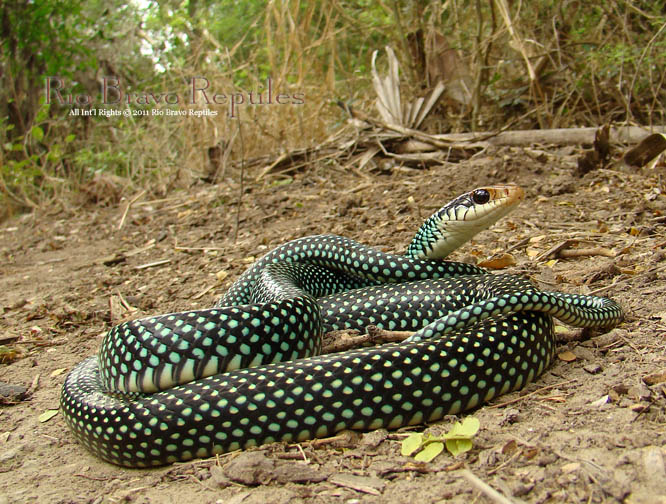
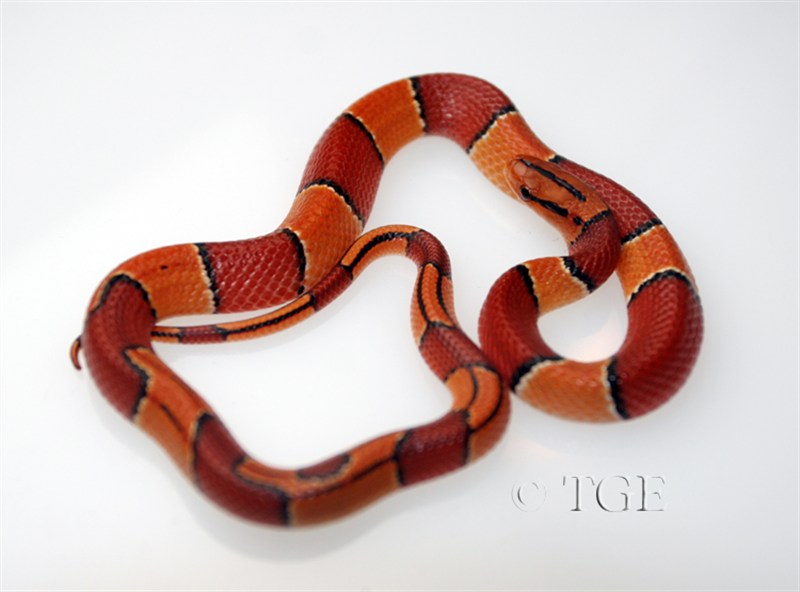
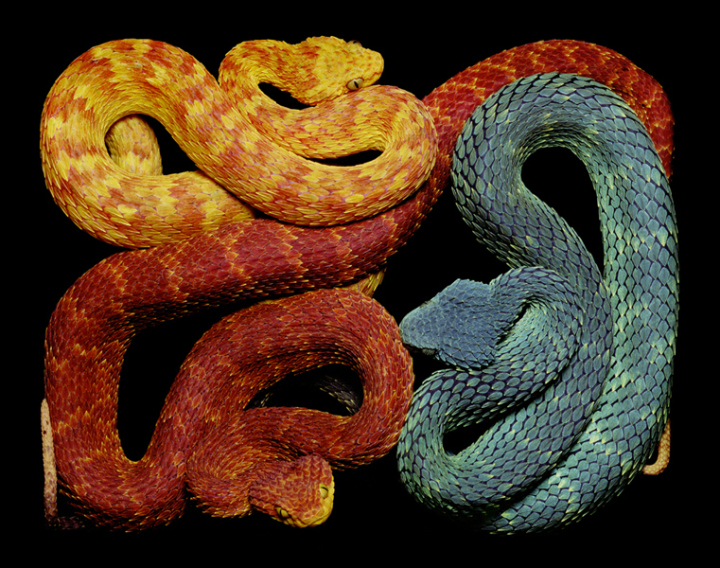
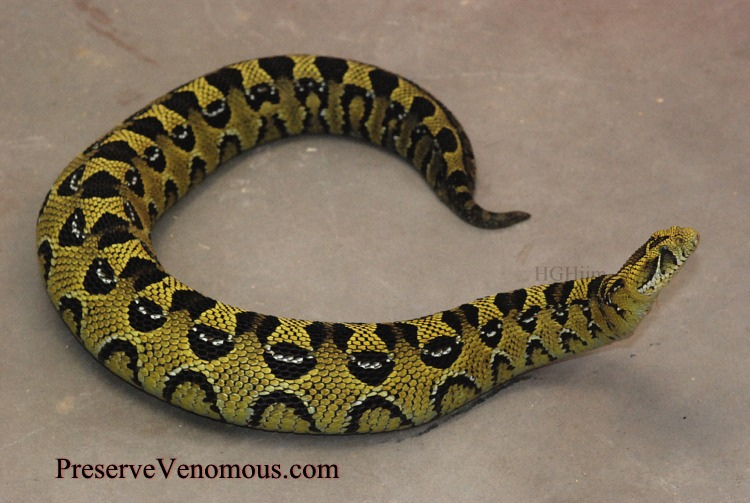
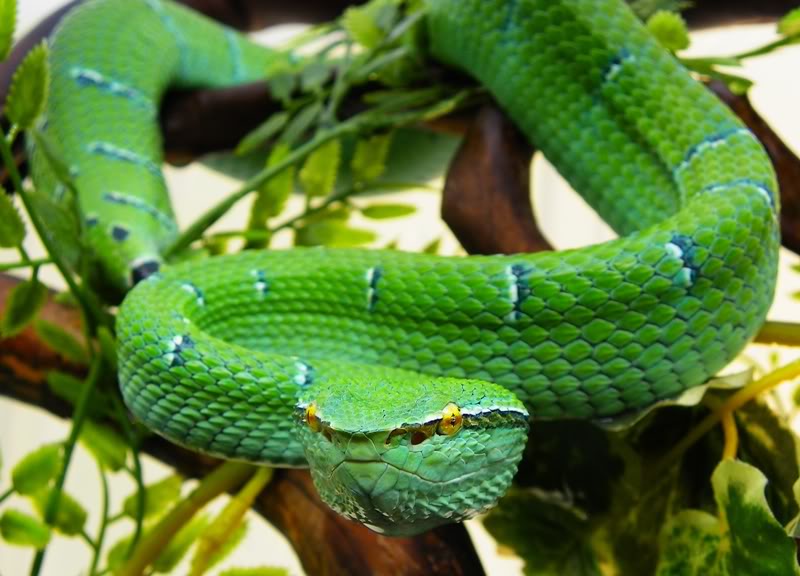
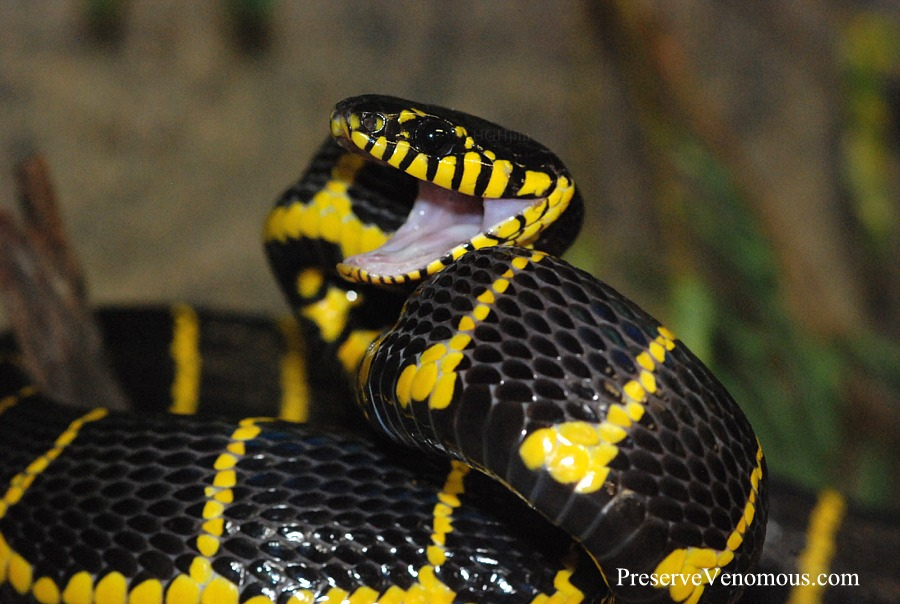
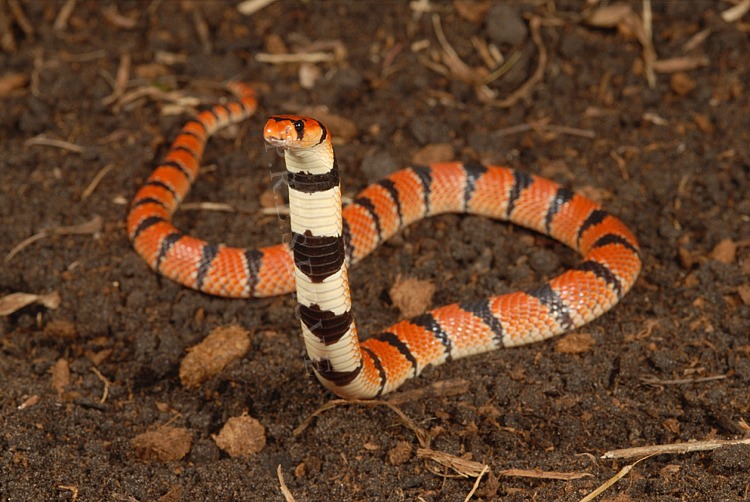
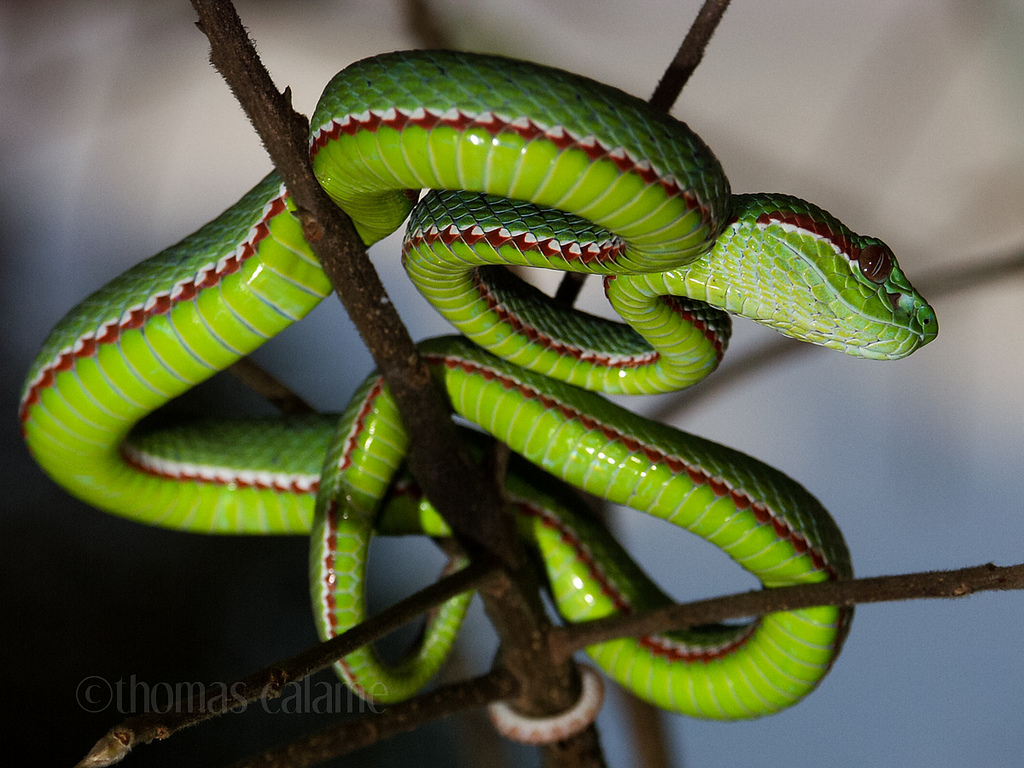
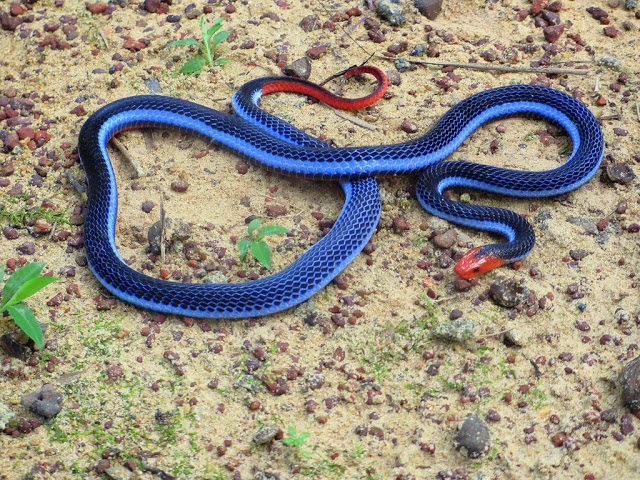
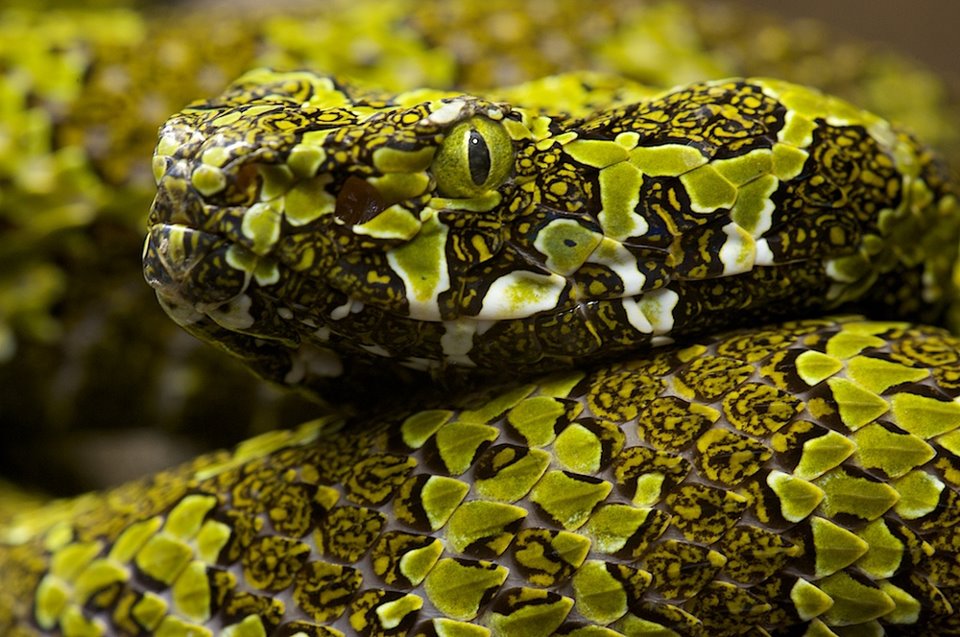
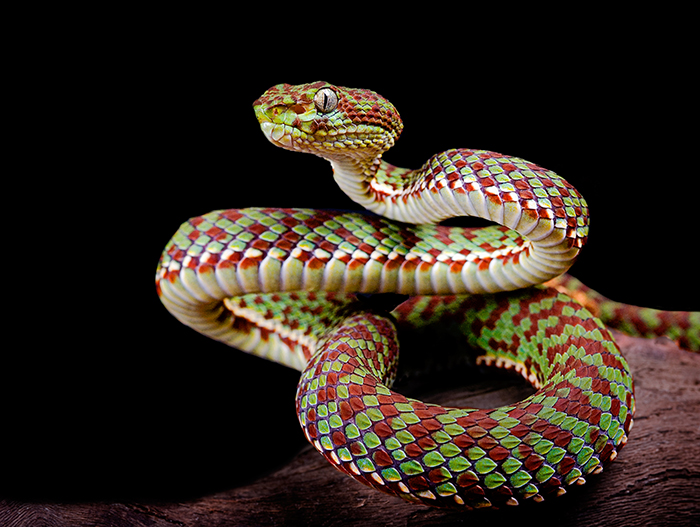
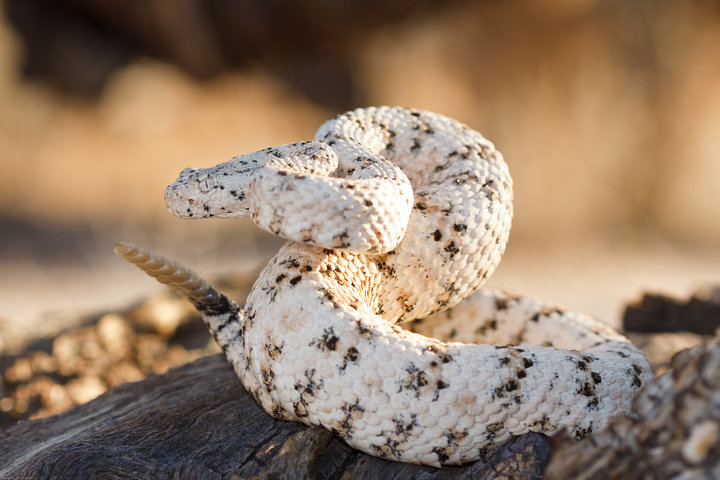
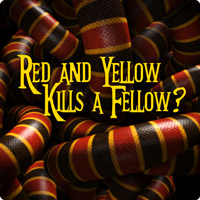
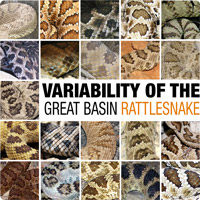
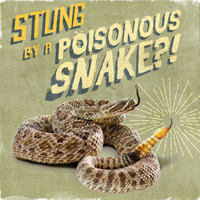



Thanks for putting up these exquisite photos. Carol
I love all kinds of snakes.
Wonderful pictures and explanations of snakes.
Great collection with some stunning pictures!
Great looking snakes thanks for the amazing post.
Great article Jamison.
Thanks, brother! But admittedly, the “greatness” of this article would not exist without the phenomenal photos that people like you contributed. Thank you, Brendan!
These grow to approx. 1.8m in length and turn to green when adult. These snakes are for reptile keepers with experience in keeping large snakes.
These snakes r poppin